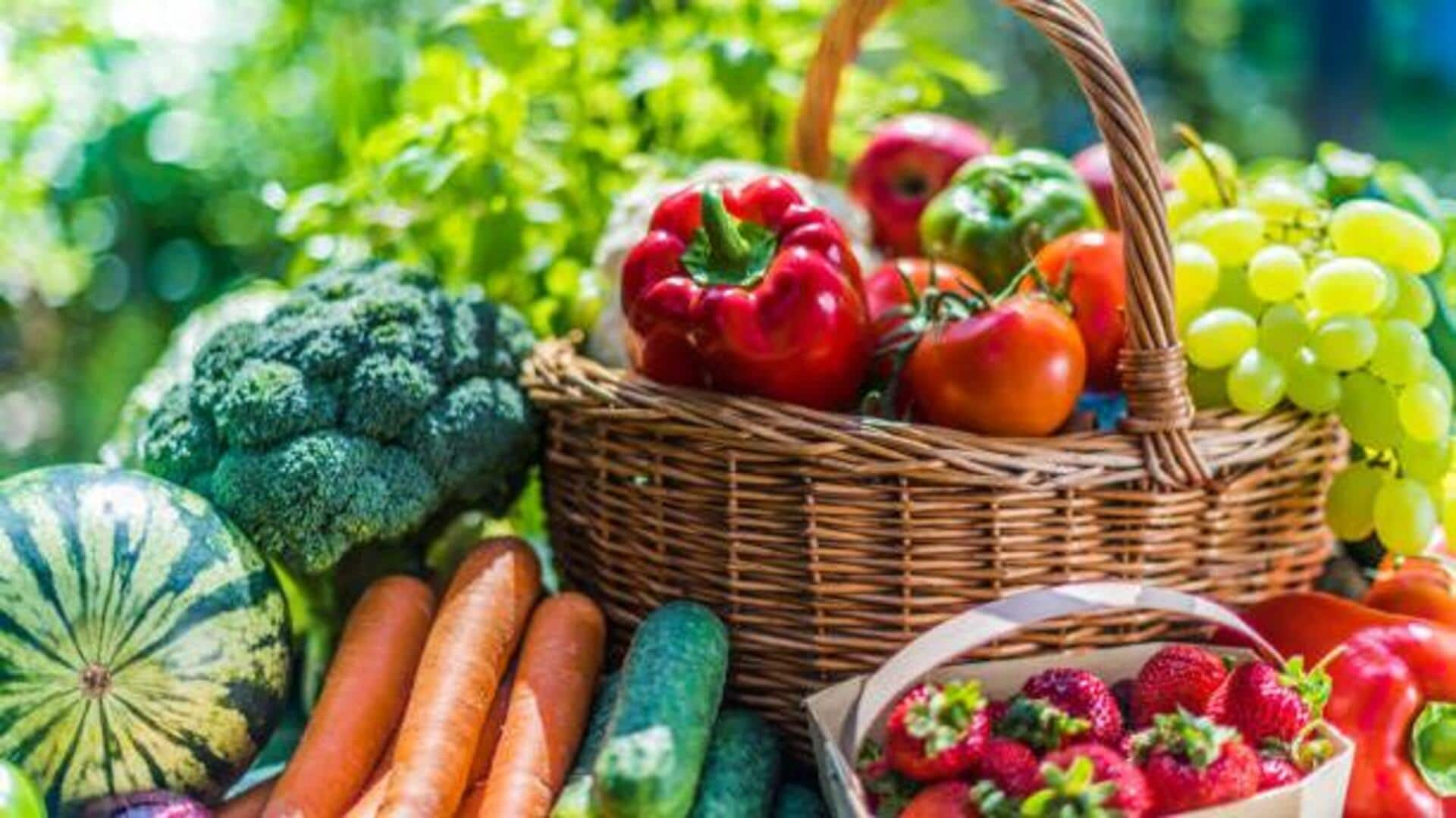
How to preserve fruits and vegetables
What's the story
Considering that preserving produce effectively is critical to ensuring food security and curbing waste in Africa, and with limited resources, cost-effective methods are a must. In this article, we look at practical alternatives that can help extend the shelf life of fruits and vegetables without breaking the bank. They are not just affordable, but also sustainable, making them apt for small-scale farmers and households across the continent.
Tip 1
Solar drying techniques
Solar drying is an efficient way to preserve produce using natural sunlight. The technique involves spreading fruits or vegetables on a clean surface under direct sunlight, letting moisture evaporate gradually. It requires minimal investment, as the trays/racks can be made from locally available materials. Solar drying helps retain nutrients while preventing spoilage, making it a viable option for many communities.
Tip 2
Use of natural preservatives
Natural preservatives like lemon juice or vinegar can be used to prolong the shelf life of produce. These substances prevent bacteria from growing and oxidation from taking place, keeping fruits and vegetables fresh for longer. A thin layer of these preservatives on cut surfaces or mixing them with water for rinsing can do the trick. This is an economical and easy-to-implement-at-home method.
Tip 3
Airtight storage solutions
Airtight containers are a must for preserving dried produce. It keeps moisture from re-entering. Using glass jars or plastic containers with tight-fitting lids keeps the quality of stored items intact over time. Though initial costs may vary according to container type, they save a lot in the long-run by keeping spoilage rates low significantly.
Tip 4
Community cold storage facilities
Community cold storage facilities offer shared access to refrigeration systems for a fraction of the cost of individual ownership. By pooling resources together within communities, farmers can access temperature-controlled environments to prolong freshness without incurring the high costs of personal units such as refrigerators or freezers.